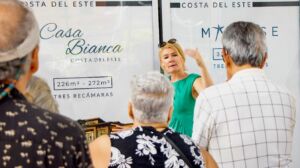
Most individuals who recently took relocation tours to Panama, seeking first-hand information for retirement or new chapters, were generally concerned about the same things. The top concern was having not saved enough money, living longer than planned, and running out of the funds they had accrued.
A close second came from individuals worried about creating an active lifestyle and a new identity after retiring from their earlier professional or familial lives. Generally, people adventurous enough to consider living abroad already have interesting pursuits, but there is still a loss after quitting an earlier lifestyle. Then, there was the overarching concern of where to relocate physically that checked the most boxes while providing a lifestyle that did not eat up their funds but kept or improved their established standards.
Panama: Not The Most Inexpensive, Not The Most Expensive
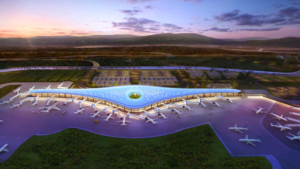
Panama is not the least expensive country to consider if you are contemplating moving abroad or investing in property. But it is also not the most expensive, by far, when comparing important data points.
Many places in the world offer situations where living is exceptionally inexpensive, but Panama, especially urban Panama, is first-world, with a gambit of amenities available, including good infrastructure such as highways, water treatment plants, sewage management, effective public transportation including a subway, cultural activities, a first-rate airport that is the “hub of the Americas,” educational opportunities, a variety of restaurants and retail options, full-service groceries, farmer’s markets, fresh fish, pharmacies, banking and health care. Panama matches most North American cities in what it offers. It exceeds many top-ranked cities because of its lower-than-average crime rate, exceptional internet, US-pegged economy, and stable government.
Residences are available in Panama, from condo suites starting around $180,000 and ocean-front apartments in the low $200,000s to sprawling penthouses and luxury homes with million-dollar-plus price tags. Like most of the population in Panama, many newly built homes are located in and around the capital city. Many homes are under construction in Costa del Este, Panama City’s central business district, but keeping up with demand is challenging. You can also find stunning residences, currently under construction, in Boquete, a city near the border of Costa Rica on the western coast of Panama.

Beyond the Physical Home
Highly respected journals and media outlets generally agree on what retirees and others need when they begin a new life in another country. Retirees are encouraged to stay active, embrace new interests, continue old passions, make new friends, and develop a solid and varied social network via volunteering, mentoring, seeking educational opportunities, and exploiting technology.
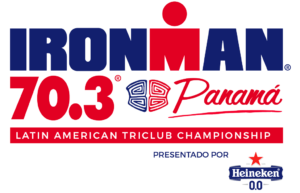
Staying active in Panama is as easy as stepping out your door and walking or as demanding as joining the local triathlon group and training for the Panama Ironman. There are individual swimming, cycling and running clubs if you aren’t into all three elements. And if staying active means meeting new friends to chat and catch up there are plenty of coffee shops, casual eateries, and park benches. Hiking trails are in the city and up the side of an inactive volcano. Don’t forget equestrian options, surfing, fishing, snorkeling, and scuba diving.
Costa del Este offers many green spaces throughout the city, including Central Park and a full-size American football field. Panama has bike paths, pickleball and tennis courts, soccer teams, an international hockey club, basketball, baseball, and most other physical sports. Swimming pools and gyms are in almost every residential building, along with social areas with drink and food options, shared business spaces, and friendly bridge players’ rooms. For the more serious bridge players, Panama is a member of the Central American & Caribbean Bridge Federation. The 2023 championship was hosted in Panama City.
Teach Or Learn A Different Language
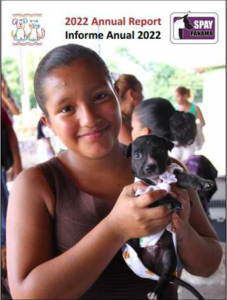
Panama offers English or Spanish speakers the ability to teach or learn. Mentoring individuals in English is a way of giving back, and learning a new language is a way to keep active mentally and improve your interaction with locals, or vice versa! Try painting, ceramics, musical instruments, or a bit of yoga. The options are almost endless in Panama and because so many people are moving into the area, there are always new people.
Pets, especially dogs, are a mainstay of Panamanian life. Dog walking can be your exercise or a part-time business. Veterinarians offer free spaying and neutering days; volunteers are actively sought and trained.
Panamanians Are young
Panama is a young country with an average age of 29.3 years for both males and females. Since the average American woman is expected to live to be 88 years old and for men, 86 years old, it is nice to know that plenty of young people are anxious for employment in Panama. Some will seek long-term live-in positions as nannies, and others will look for part-time hourly work, seeking extra income cleaning or running errands while studying at university. The cost of domestic help is extremely low compared to North American standards.
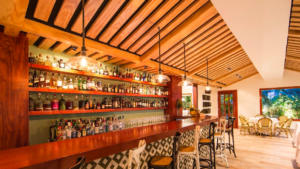
The food scene in Panama has developed dramatically over the years. Everything from tasting menus to roadside fondas are available. However, the star of Panama remains fish. Ceviche can be found on many menus and routinely is voted some of the best in the world outside of Peru. Day boats go out and work during the evening and, by sunrise, offer everything from sea bass, shrimp, and lobster to marlin and tuna from their co-ops and the central fish market. Don’t worry about the price; corvina or sea bass costs around $3.50 a pound!
Healthcare, Always A Concern
It is sometimes challenging to explain healthcare in Panama to most North Americans. Medicare is not honored here, but the prices are so inexpensive you can easily go without insurance. Of course, it’s best to have private insurance but budget less than $200 monthly. People from all over the world come to Panama because of the high quality and reasonable prices.
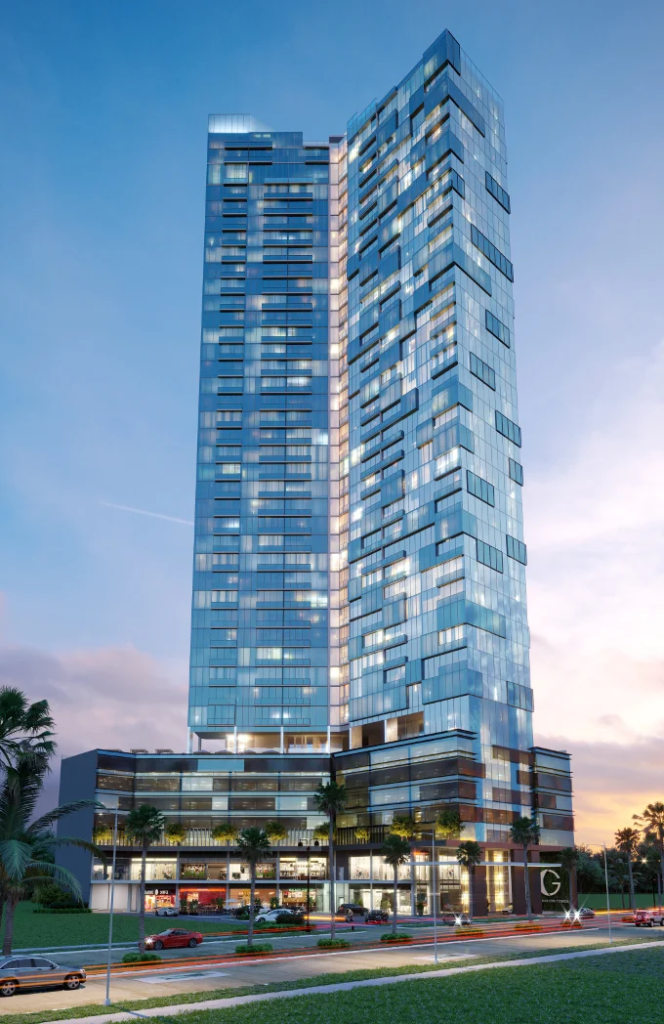
Panama also has medical services one cannot find in other locations, such as stem cell treatments for various conditions, including arthritis, cerebral palsy, and autism. Couples seeking IVF treatment can spend a week on the beach, receive care, and save thousands of dollars. There are two Johns Hopkins International affiliated hospitals in Panama City, one within walking distance from anywhere in Costa del Este. That hospital is connected to a medical complex offering advanced dental, vision, and other specialty medical treatments. The two Hopkins facilities meet and exceed all Joint Commission standards applied to the top hospitals in the United States.
Assisted Living Within A Residential Tower
Because many retirees interested in Panama are considering assisted care facilities, four floors of Generation Tower will be designated as Independent Living. These unique floors will maintain an on-site nurses station and be wheelchair accessible. While the four floors are designated Assisted Living, other units in the 32 apartment levels will be for individuals of all ages and abilities.
The complex will include Generation Plaza and offer retail and restaurant options on the first levels, located in a prime location of Costa del Este. An impressive list of amenities includes a social area with a swimming pool and bar, shared office space, and a gymnasium. There will be on-site property management and a condo hotel licensed for short- and long-term stays. Units will be delivered fully furnished with 24-hour security.
Panama checks The Boxes
As more than 10,000 Americans retire daily, Panama may be the ideal location for an upscale, active lifestyle without breaking the bank or sacrificing world-class healthcare. Even if you are worried about not having saved enough or living too long, a property such as Generation Tower may be just what you need.

 Copyright 2024
Copyright 2024
Social Widget